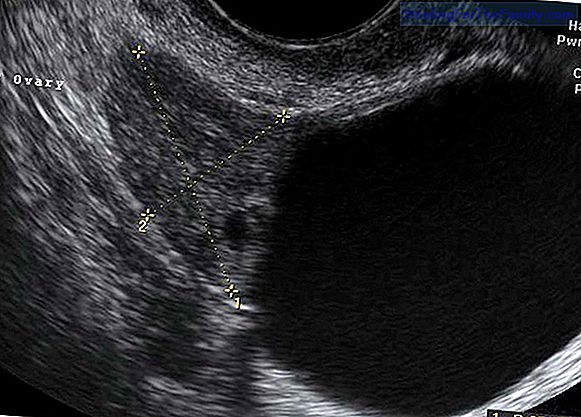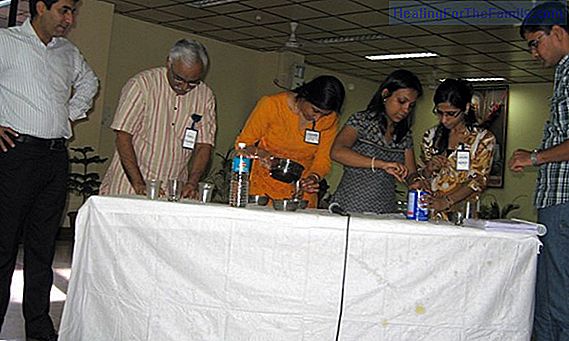What milk should be taken by children and adolescents
Fifty years ago, in the last century, milk was whole cow's milk, that was the only option, and that was what was meant by milk. To this day, however, saying milk is followed by another question, what kind of milk? Cow milk, whole, skimmed, semi-skimmed, lactose-free ... What is the most suitable mil
Fifty years ago, in the last century, milk was whole cow's milk, that was the only option, and that was what was meant by milk. To this day, however, saying milk is followed by another question, what kind of milk? Cow milk, whole, skimmed, semi-skimmed, lactose-free ...What is the most suitable milk for children to drink ?, and adolescents?
What milk should be taken by children and adolescents

According to the definition of milk, it should only be called that of mammals, whether they are cows, sheep or goats, and of course, breast milk. However, depending on the amount of fat, the presence or absence of lactose, the extra addition of calcium and vitamin D, or its treatment (pasteurized or UHT), currently super shelves offer many options.
Whole cow's milk is the least processed, as a rule. This milk contains approximately 8 grams of fat per cup, in addition to having a large amount of proteins, calcium and vitamins, especially D and B12. Vitamin D is essential for the absorption of calcium, which makes milk the ideal vehicle to get an adequate supply of calcium. On the other hand, semi-skimmed and skimmed milk, usually have similar amounts of protein and calcium, but less fat and therefore, less caloric content, which affects the amount of vitamin D, since it is carried in the fat, making more difficult the absorption of calcium.
In childhood and adolescence, calcium needs are high due to rapid growth. They are also during pregnancy, since the baby's bones are forming, while, during lactation, part of the calcium in the bone is mobilized to feed the newborn through breast milk, but it stabilizes and recovers. from 6 months, independent of maternal intake.
There is also lactose-free milk, in which lactose, the sugar in milk, is divided into glucose and galactose, simple sugars that are easily digested. For the rest, this milk provides the same amount of protein, while, depending on the amount of fat it contains, the amount of vitamin D, and therefore the absorption of calcium, may be compromised.
The main disadvantage of whole cow's milk is that it is rich in saturated fat, unhealthy for the heart. However, during childhood, whole milk provides energy for growth, in addition to calcium, vitamin D and proteins, in a drinkable format and high nutrient density, easy to consume by children.
Whole milk, therefore, is the best alternative during childhood and adolescence, not only in terms of the macro and micronutrients that it provides, but also because a minimally processed option can be found, pasteurized instead of UHT and of organic origin . In case of cholesterol problems in these stages, it is better to choose a skimmed variety that is enriched with calcium and vitamin D, although these have been added artificially.












